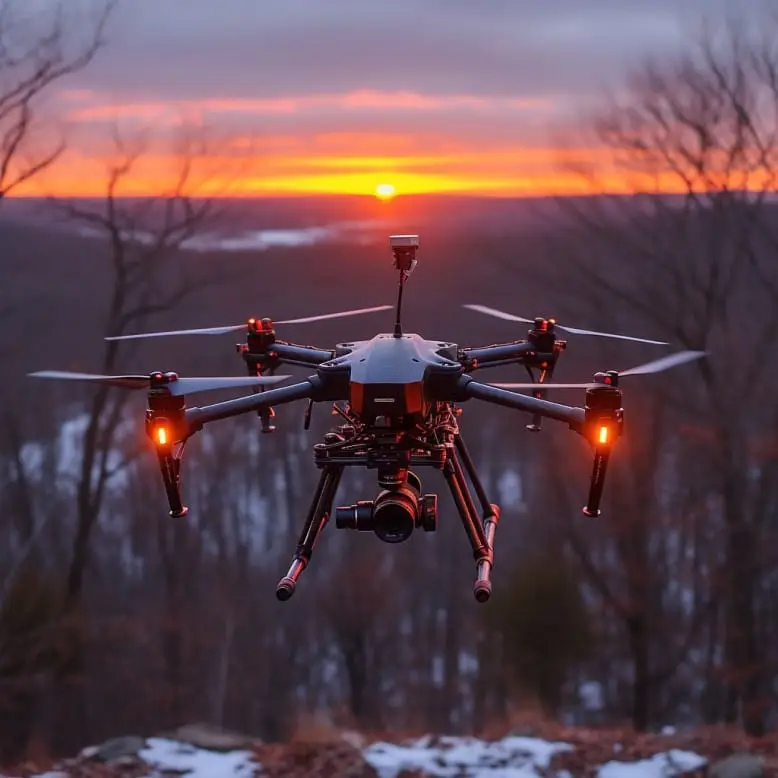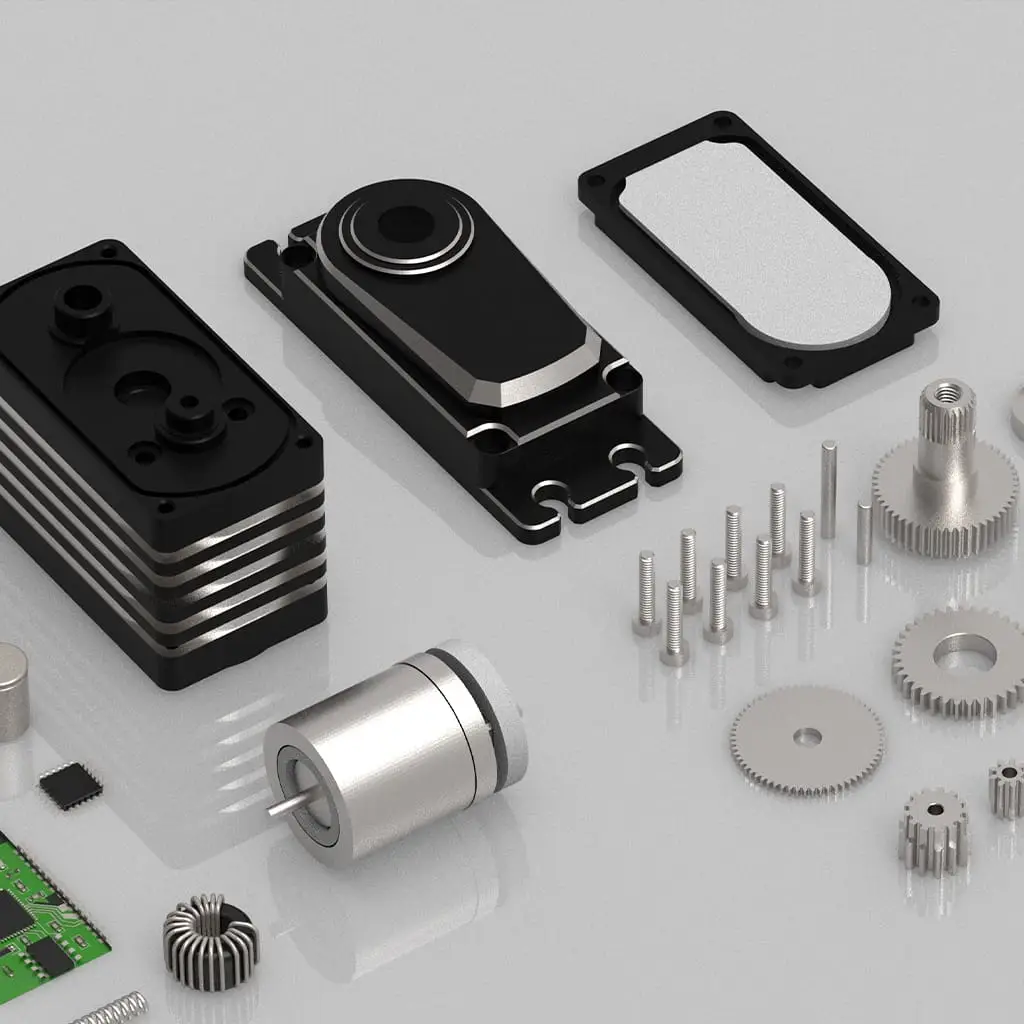In today’s photography and videography fields, camera stabilization systems have become indispensable components of professional shooting. Among various stabilization technologies, servo-based solutions stand out for their fast response and high control accuracy. This article will use GXServo brand servos as examples to explore how high-precision servo control technology fundamentally improves the performance of camera stabilization systems.
The Intrinsic Relationship Between Servo Principles and Camera Stabilization
As position servo drivers, servos are designed to precisely rotate to specified angles and maintain position according to control signals. Camera stabilization systems ingeniously utilize this characteristic to counteract irregular camera movements. The GXServo MG996R model, featuring metal gears and dual ball bearings, delivers torque up to 11kg/cm—critical for stabilization systems carrying medium to large cameras.
While traditional tripods only provide static stability, servo-based systems achieve dynamic stabilization. When the system detects camera shake, it rapidly calculates compensation angles through PID control algorithms and drives the servo to perform counter movements. With a PWM control interface response time of just 5μs, GXServo’s near-instantaneous response capability is key to effective stabilization.
Multi-Axis Stabilization Systems and Servo Coordination
Modern camera stabilizers typically employ three-axis (pitch, roll, yaw) designs, each requiring independent servo control. GXServo’s servo arrays enable precise synchronous control, with internal position feedback sensors achieving 0.09° resolution to ensure coordinated three-axis movement. In practice, three servos must adjust positions in real-time based on IMU data—any lag or desynchronization would degrade stabilization.
Anti-Interference Capability and Stability Maintenance
Outdoor shooting often faces wind resistance and moving platform vibrations. GXServo servos feature all-metal housings that provide excellent heat dissipation while effectively shielding against electromagnetic interference. Built-in overload protection circuits prevent sudden shock damage—particularly important for stabilization systems mounted on drones or other mobile platforms. When detecting continuous external interference, the servos automatically adjust PID parameters to enhance resistance, significantly improving system reliability through this adaptive feature.
Future Directions: Intelligent Servos and Camera Stabilization Integration
With AI advancements, next-gen smart servos like GXServo’s AI-S series now incorporate basic edge computing capabilities. These servos can directly process raw IMU data, reducing the main controller’s computational load and further improving response speed. Through learning algorithms, servos can memorize vibration patterns in specific scenarios and make preemptive compensations, pushing camera stabilization technology to new heights.

